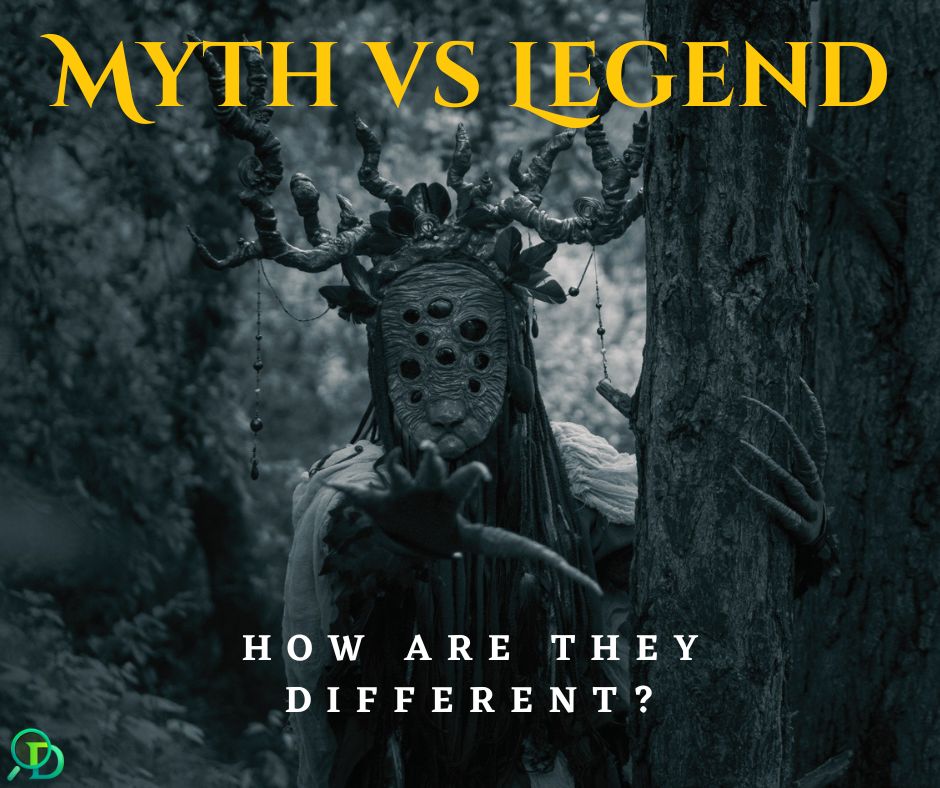Stories describe various subjects, characters, settings, and occasions. Some tell tales about fictional characters with supernatural abilities, while others tell stories about real-life individuals. Myths and legends are two examples of this kind of story.
These factors have an impact on how their people develop and behave in the present. They affect how people live their lives. Notably, the stories are passed down orally or in writing.
Legend
A legend is a traditional tale that provides a historical account of figures and occasions from the distant past. Even though it may not be true, it has been accepted and well-liked by people in later generations. Later generations are taught about loyalty and other essential qualities during the war and challenging times. It tells the tale of strong, superhuman individuals who struggle against oppression, fate, and formidable foes in real life.
A legend typically refers to actual people or historical events and is assumed to have some basis in historical fact. Historical fact turns into a legend when the truth has been embellished to the extent that actual people or events have assumed a romanticized, “larger than life” quality.
Although they are also made up, legends are believed to have some basis. Legends were originally only used to describe the unbelievable lives of saints. Still, they represent the lives of anyone or anything famous. Even though the traits of characters in legends, especially heroes, are frequently improbable or even false, legends still have some basis in reality.
They frequently feature historical figures from reality or occur during an actual conflict. Still, they also often contain overly dramatic or made-up elements. In legends, historical figures may possess superhuman abilities or other extraordinary traits. Actual events may include fantastical elements, such as a wise man or fortune teller foretelling impending events for a hero.
Myth
On the other hand, the word “myth” is derived from the Greek word “mythos,” which is translated as “thought, story, or speech.” Its first English usage was in the 1830s when it referred to a religious tale about divine beings. The narrative uses symbols to describe how a spiritual practice came to be but does not attempt to relate it to the present. It is a tale about the lives and deeds of gods and other supernatural beings to teach its readers a lesson in morality.
A myth is a storytelling that isn’t grounded in reality. Through the ages, myths have attempted to explain complex ideas using well-known narrative techniques like personification and allegory.
Myths are revered and accepted as fact, frequently supported by religious authorities. They are historical figures, places, and occurrences that usually explain how certain practices and customs came to be.
Myths are frequently timeless, past-based, traditional, and religious tales. They feature made-up characters, often supernatural beings like gods and demigods, and fantastical plot elements. They typically occur “beyond” or “outside” established timelines. Throughout history, myths have been utilized to explain phenomena that seem to defy explanation, including why and how the world functions and why people behave the way they do.
Old myths are frequently believed to be accurate or at least close to being true, as in the case of the Greek and Roman gods. The Australian Aboriginal Dreamtime, and even the explanations for diseases that are now treatable. Many mythical answers have gradually lost favor due to reason and science to the point where they are now widely acknowledged as false—mythological—tales.
How are They Different?
In myths and legends, a person can find numerous morals and pretended truths about bravery, goodness, cowardice, and evil. It is one of the reasons it is so simple to mix up the two.
In myths, the primary protagonists are almost always gods or other supernatural heroes. The stories take place in an era far from the past. The individuals who related these tales believed they were based on actual events. A traditional telling of historical events is known as a “legend.”
